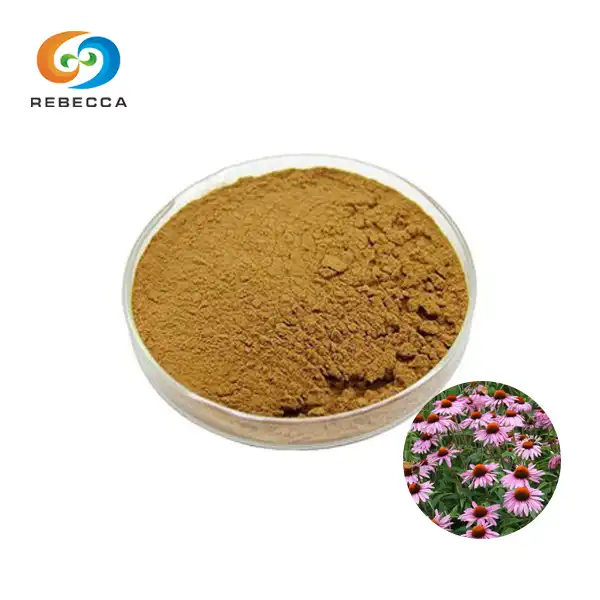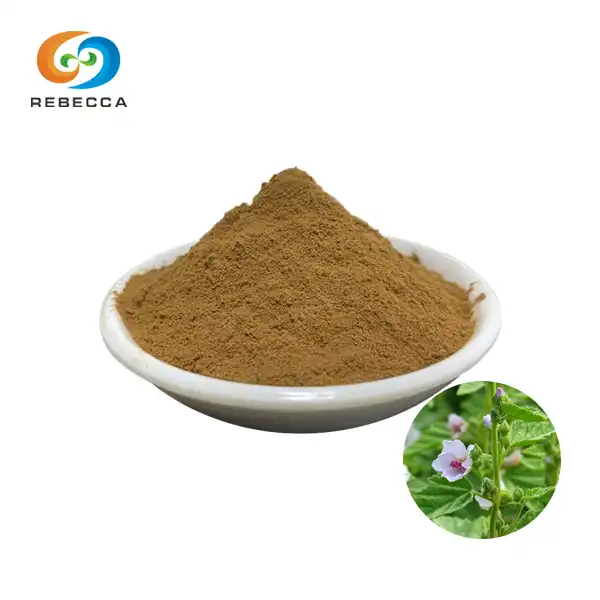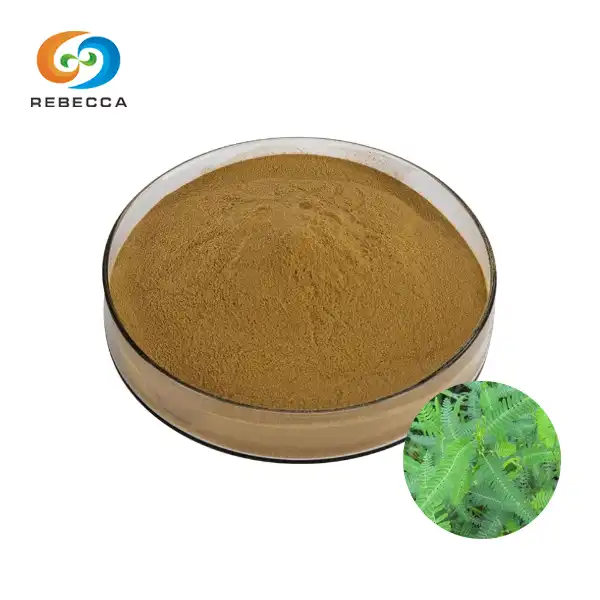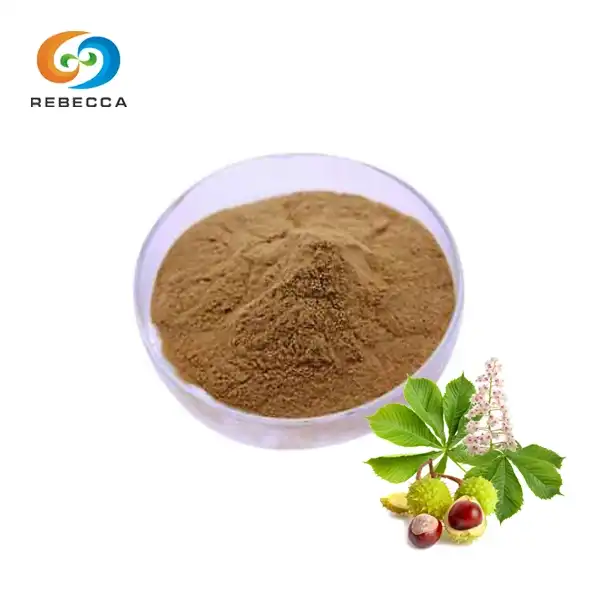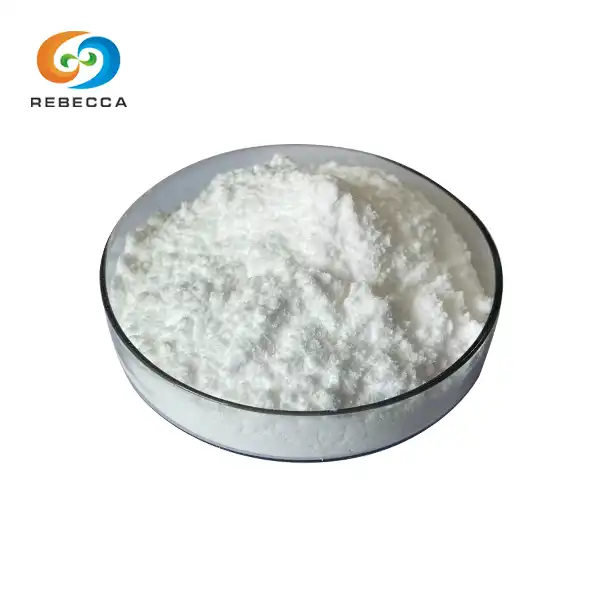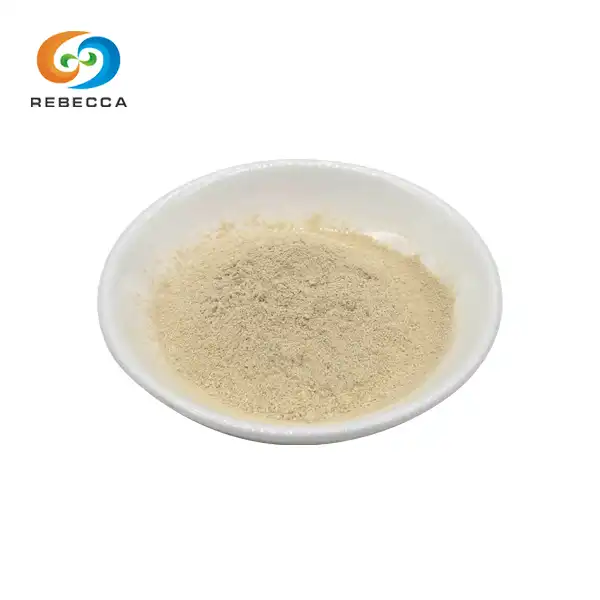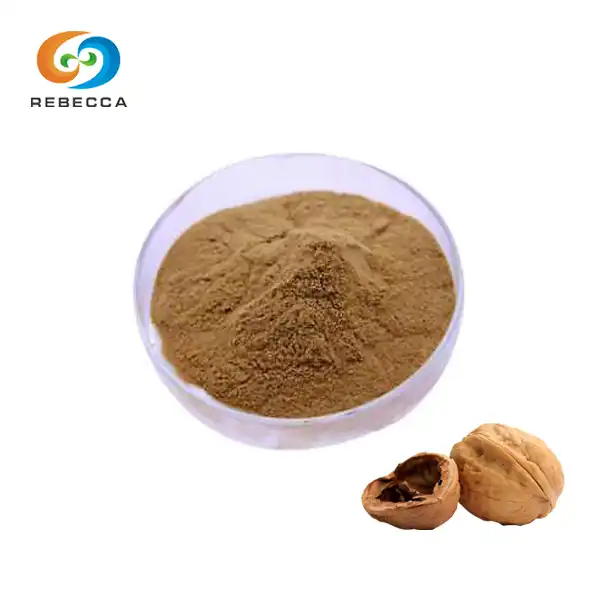How to test Vanillyl Butyl Ether by GC?
Because of its warming and calming properties, Vanillyl Butyl Ether (VBE) is a common ingredient in cosmetics and personal care products. In order to guarantee the safety and quality of a product as the demand for VBE grows, it is essential to have reliable testing methods. The widely used analytical method known as gas chromatography (GC) is used to test VBE. You will learn how to use GC to test Vanillyl Butyl Ether in this article, starting with sample preparation and ending with data analysis.
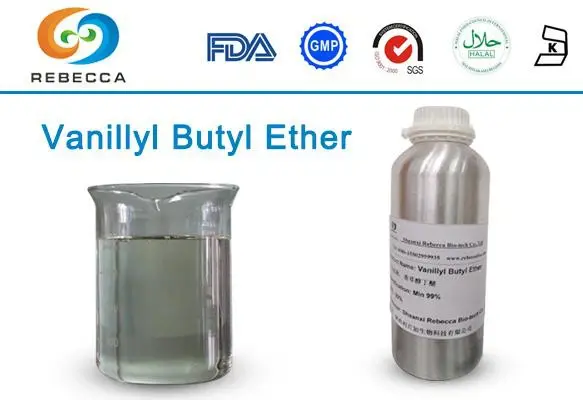
Sample Preparation
The proper preparation of the sample is the first step in the GC testing of Vanillyl Butyl Ether. Because it has a direct impact on your results' accuracy and dependability, this procedure is crucial. To separate the compound from the intricate matrix, it is necessary to extract VBE from cosmetics and other products.
Using a water-isopropyl-alcohol solvent mixture is one common way to extract VBE. VBE is soluble in alcohol but not readily soluble in water, so this combination works well. The precise proportion of isopropyl alcohol to water may differ from product to product, but a common starting point is 7:3 (isopropyl alcohol: water).
The extraction process is primarily carried out in two ways:
1. Surgical extraction using ultrasound (UAE): The sample is agitated by using ultrasonic waves to break up the product matrix and release the VBE into the solvent. To carry out UAE:
- In a container that is appropriate, combine the product sample and the water-isopropyl alcohol solvent. The container should be submerged in an ultrasonic bath. Sonicate for between 15 and 30 minutes, depending on how complex the sample is. Remove any solid particles from the resulting mixture by filtering it.
2. Microextraction in Solid Phase (SPME): Particularly useful for volatile and semi-volatile compounds like VBE is this method. SPME entails:
- Putting a fiber with a special coating in direct contact with the liquid sample or the headspace above the sample. allowing the VBE to adhere to the fiber for a predetermined amount of time, typically between 15 and 30 minutes. putting the fiber right into the GC injection port for the purpose of analysis.
The particular formulation of the product as well as the level of sensitivity required for the analysis frequently influence the decision between UAE and SPME. UAE is simpler and may be sufficient for many routine analyses, while SPME is typically more sensitive and can be automated.

Sample Concentration
Ensure that your sample's VBE concentration is suitable for GC analysis after extraction is the next crucial step. The GC detector has an ideal concentration range for precise quantification, so this step is crucial. If the concentration of VBE is too low, it might not be detectable, and if it is too high, it might fill up the column or detector.
The sensitivity of your GC detector and the expected concentration of your products will both play a role in determining the best concentration range for VBE in your GC sample. For analysis with a flame ionization detector (FID) or mass spectrometry (MS), a final concentration between 0.1 and 1 mg/mL is a good starting point.
A set of Vanillyl Butyl Ether standards with known concentrations must also be prepared. A calibration curve, which is necessary for accurately quantifying VBE in your samples, will be created using these standards.
Injection
Your prepared sample is introduced into the GC system during the injection step. In order to achieve results that are accurate and repeatable, proper injection technique is essential. A split/splitless injection system is frequently utilized for VBE analysis.
The split/splitless injector lets you handle samples of varying concentrations and complexity in a variety of ways. How does it work?
1. Part mode: Only a small portion of the injected sample enters the column in this mode, and the remainder is vented. This is useful for concentrated samples or when you want to prevent overloading by limiting the amount of sample that reaches the column. Depending on the concentration of your sample, you can adjust the split ratio, which is the ratio of the sample that goes into the column to the sample that goes out.
2. Modus splitless: The entire sample is directed onto the column in this mode. This is liked for follow investigation or while managing weaken tests, as it gives greatest responsiveness.
Start with a split injection with a moderate split ratio for VBE analysis (e.g., 20:1 or 50:1). You can change to splitless mode or reduce the split ratio if the VBE peaks are too small.
In order to guarantee consistent results for your calibration curve, remember to inject your VBE standards under the same conditions as your samples.
Chromatographic Analysis
The separation of Vanillyl Butyl Ether from the sample's other components as it moves through the column is the core of GC analysis. For VBE to be accurately quantified and separated, the column and operating conditions that are chosen are crucial.
Choosing a column:
A capillary column that is either non-polar or slightly polar is typically suitable for VBE analysis. Among the options are:
- DB-5 or HP-5 (95% dimethylpolysiloxane, 5% phenyl): A column that can be used for a lot of things. 100% dimethylpolysiloxane DB-1 or HP-1: a column that is not polar and works well with many organic compounds. - Polyethylene glycol (DB-WAX or HP-WAX): a column that is more polar and might have different selectivity for VBE.
The typical dimensions of a column are 30 meters in length, 0.25 millimeters in internal diameter, and 0.25 millimeters in film thickness; however, these dimensions can be altered to meet your specific requirements.
Conditions at GC:
- Transport gas: Commonly, helium of high purity is used. Maintain a constant flow rate, usually between 1 and 2 mL/min. Program for oven temperature: To focus the sample at the column head, start at a lower temperature before increasing the temperature to elute VBE. Typical programs might include: Temperature at the start: 60°C, 1 minute of holding • Ramp: 15°C/min to 280°C • Hold at 280°C for 5 minutes; total duration of run: Approximately 20 to 25 minutes, depending on your method.

Data Analysis
Whenever you've finished the GC run, the following stage is to dissect the subsequent chromatogram to recognize and evaluate VBE. There are several steps in this procedure:
1. Identifying the peak: - In the chromatogram, look for the VBE peak. Typically, this is accomplished by contrasting the peak retention time in your sample with that of a VBE standard run conducted in the same conditions. For confirmation, you can use MS detection to compare the peak's mass spectrum to a VBE reference spectrum.
2. Maximum integration: The Vanillyl Butyl Ether peak can be integrated using your GC software. This requires determining the area under the curve and defining the peak's start and end points. Make sure that all of your samples and standards have the same integration parameters.
3. - Calibration Utilizing your VBE standards, create a calibration curve. Compare the peak area, or height, to the standards' known concentrations. Check to see if your calibration follows a linear trend over your working range. A relationship coefficient (R²) of 0.995 or better is normally wanted.
4. Measurement: - Based on the peak areas of your samples, compute the concentration of VBE using your calibration curve. To achieve the desired final concentration in your original product, apply any necessary dilution factors.
5. Controlling quality: - Run a known standard throughout your sample set on a regular basis to check for changes in response or retention time. Think about running blanks to see if there is any contamination in the system. To account for any variations in injection volume or instrument response, use internal standards whenever possible.
6. Reporting the data: - - Provide your results in the appropriate units, such as mg/g or percent w/w of the product. In your report, include any results from quality control, calibration information, and relevant method parameters.
Keep in mind that the quality of your entire analytical process—from sample preparation to data analysis—affects the accuracy of your results. For reliable results, regular system suitability tests and method validation are essential.
Rebecca Bio-Tech
In China, Rebecca Bio-Tech is a reputable manufacturer of Vanillyl Butyl Ether. GC analysis demonstrates that they are experts in the production of high-quality VBE with a purity of 99%. Many applications require this level of purity, particularly in the cosmetics and personal care industries, where product consistency and quality are of the utmost importance.
The company's use of cutting-edge analytical tools like GC for product testing demonstrates their dedication to quality. This ensures that their VBE meets their customers' stringent purity requirements.
Rebecca Bio-Tech is a compelling option for cosmetic manufacturers and formulators looking for a dependable source of high-purity Vanillyl Butyl Ether. They have earned a reputation as a reliable supplier in the sector due to their proficiency in VBE production and stringent quality control procedures.
You can get in touch with them directly if you have specific inquiries about their manufacturing and testing procedures or would like more information about their VBE products. Contact them at information@sxrebecca.com for additional details.
References
1. Barel, A. O., Paye, M., & Maibach, H. I. (2014). Handbook of Cosmetic Science and Technology. CRC Press.
2. Grob, R. L., & Barry, E. F. (2004). Modern Practice of Gas Chromatography. John Wiley & Sons.
3. Jennings, W., Mittlefehldt, E., & Stremple, P. (1997). Analytical Gas Chromatography. Academic Press.
4. Lehotay, S. J. (2006). Quick, Easy, Cheap, Effective, Rugged, and Safe Approach for Determining Pesticide Residues. In J. L. Martinez Vidal & A. Garrido Frenich (Eds.), Pesticide Protocols (pp. 239-261). Humana Press.
5. McNair, H. M., & Miller, J. M. (2009). Basic Gas Chromatography. John Wiley & Sons.
6. Pawliszyn, J. (1997). Solid Phase Microextraction: Theory and Practice. Wiley-VCH.
7. Poole, C. F. (2012). Gas Chromatography. Elsevier.
8. Sparkman, O. D., Penton, Z. E., & Kitson, F. G. (2011). Gas Chromatography and Mass Spectrometry: A Practical Guide. Academic Press.
